Did you know there are essentially two kinds of sight words? By explaining the difference between them, I’ve seen my first grader’s understanding of sight words explode!
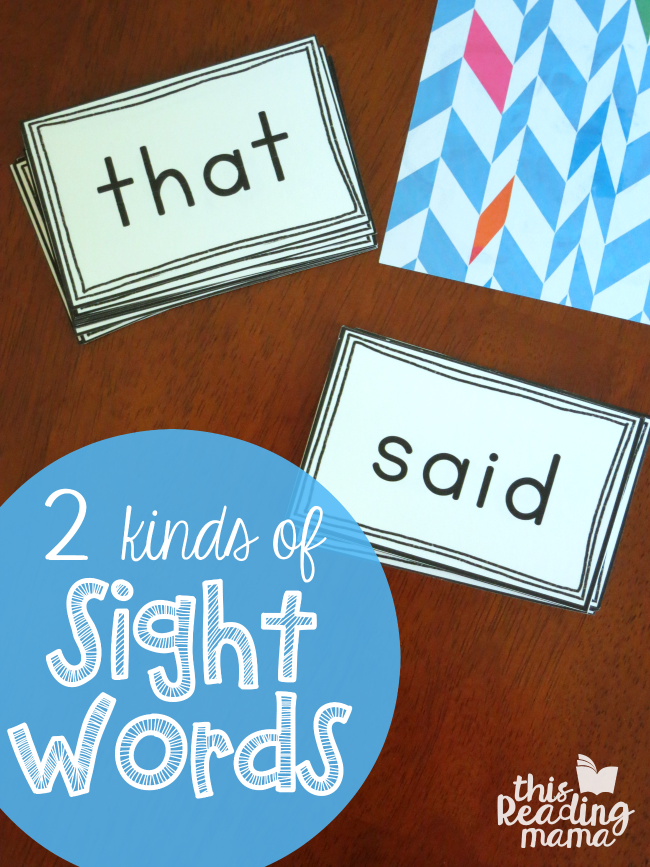
*This post contains affiliate links.
Two Kinds of Sight Words
Now, I know this all depends on how you define sight words. So let me give you my definition, as I’ve given several times before on the blog.
Sight words are words we want our kids to know automatically by sight because they occur so frequently in their reading and writing.
Often, they are called high frequency words, but sight words can also include other important words kids know by sight, like their names.
In our homeschool classes, they are using Saxon Phonics. And while there are some things I really like about it, there are others I don’t so much. One of the things Saxon phonics teaches is that sight words don’t follow the phonics “rules”.
But I disagree. As you can see from my printable list of sight words, there are many words we want kids to know by sight that DO follow the phonics rules.
Do we want kids to decode and/or sound out these words every single time they get to them for the rest of their life? No! If they did, their fluency and comprehension could suffer greatly, as I mention in this post.
While we do plenty of multi-sensory activities with our sight words, one of the things I’ve started for my daughter this year is a word bank. Essentially, it’s like using flash cards, only I pull out the words that she can consistently read within one second of seeing them.
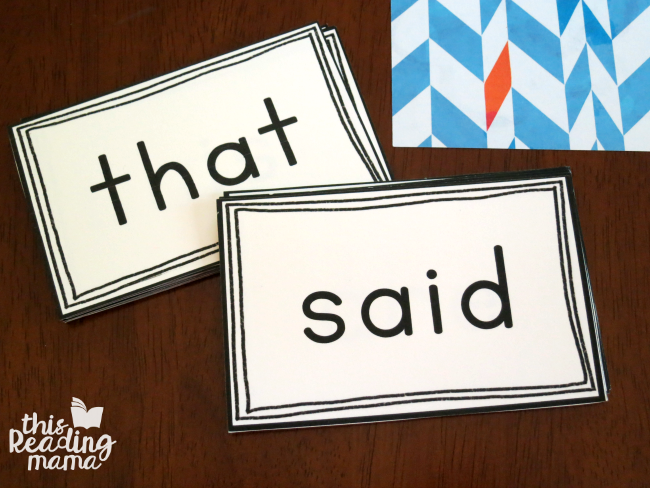
Instead of shuffling all the cards together, I sort the words into two stacks, based on the two kinds of sight words. What are they?
- Words she can fully sound out. {You can use the phonics knowledge you know. Read more here.}
- Words she can’t fully sound out…yet.* {There are almost always parts of a sight word that do follow the phonics “rules” you know.}
We usually go through the first deck of cards first. I say something like, “You can use what you know about phonics to read these words. See how quickly you can read them.”
If she has to stop and sound out a word in the first list, it’s okay {and encouraged}. I just know she doesn’t have it “by sight” yet. It remains in the word bank until she does.
Then we go through the second set of words. I say, “These are words that have some letters that don’t follow what we know about phonics yet. See how quickly you can read them.”
*A learner’s phonics knowledge is ever growing and changing, so this list of words will probably change, too. For example, a child who doesn’t yet know the CVCe pattern may only be able to read made using the m and d. {Made would be in stack #2.} But a child who knows the CVCe pattern, should be able to fully decode made. {Made would move to stack #1.}
{The cards pictured are ones I created just for her this year, not a free printable. I do have ready-made and editable sight word cards in my Printable Spelling Activities & Games ebook based on my printable sight word lists.}
By splitting up the word cards by the two kinds of sight words, it has given my first grader a little more strategy for reading them quickly and accurately. I’ve also seen it build her confidence, which is also a GOOD thing!
You Might Like
How to do Orthographic Mapping with Sight Words
Sight Word Games App – you can customize students’ words!
Subscribe to get LOTS of sight word sentence cards…with MORE to come!
Enjoy teaching!
~Becky
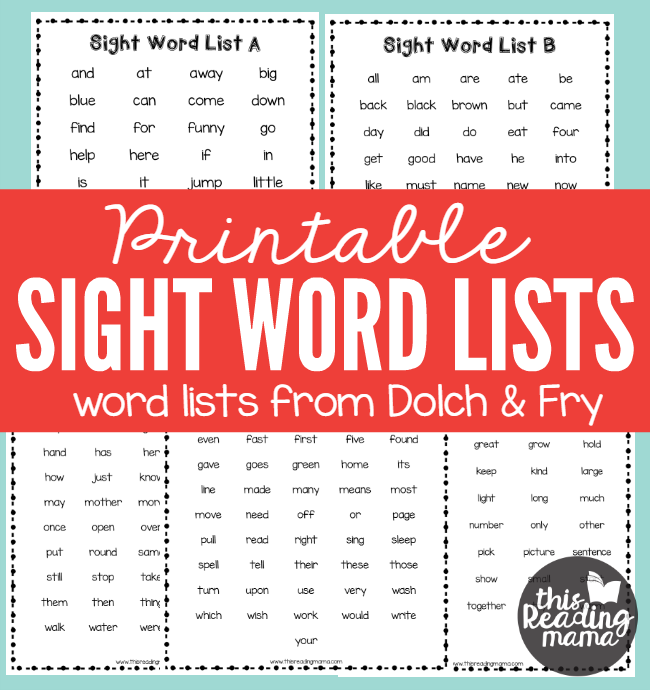

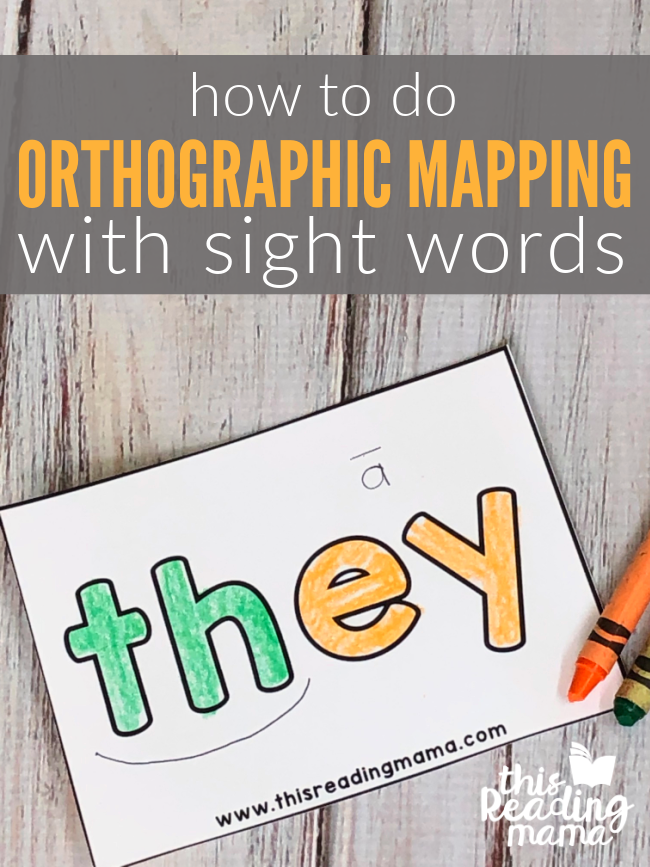
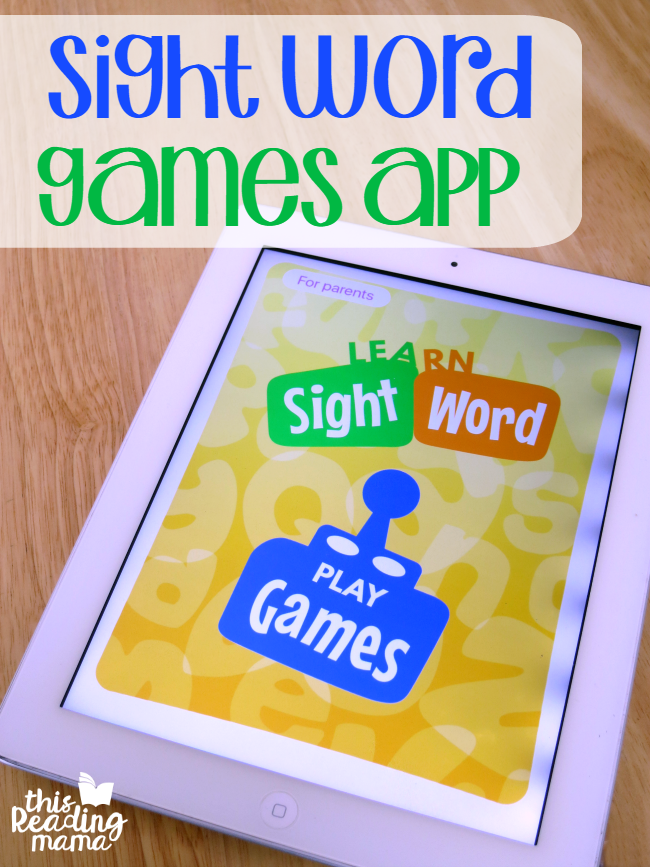
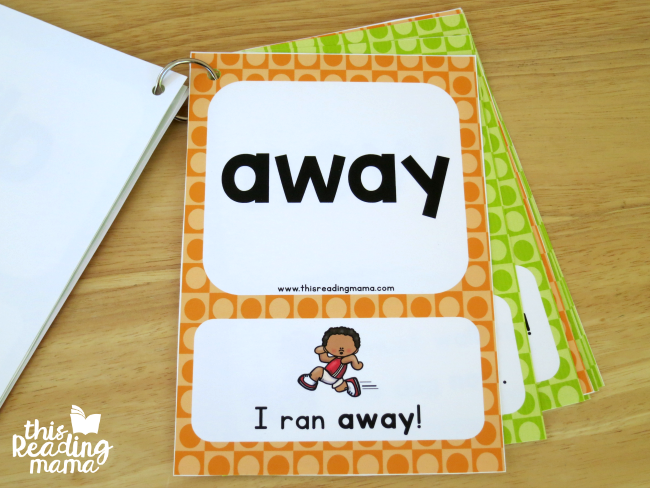
I’m confused. I teach phonics sequentially. You want to teach phonetic high frequency words according to their phonics rules -before you teach that phonics rule lesson? I teach them as I would undecodable sight words, and then when I teach the phonics lesson (for example “ow”) I use “down” as example of a word they already know.
I think we are saying the same thing, just differently. If I need to teach a sight word non-phonetically at first because the phonics knowledge isn’t there yet (like down), I do. But if they already have the phonics knowledge for it, it goes in the first pile of words they can use phonics knowledge to decode. Hope that makes it less muddy. 🙂
I love this! We also talk about wether they are ” rule breakers” or not and depending on what we’re using or doing with them I’ll let them out the rule breakers in jail by drawing a rectangle around the world with lines up and down across for bars.
*whether
Becky,
I enjoy reading your blog and am grateful for the freebies you share with us. Thank you for sharing your creative ideas. You have saved me countless hours over the year with those freebies, Which in turn, has given my first graders lots of fun activities that reinforce cooperative learning.
Cathy
Awesome! It means the world that you enjoy the site and have been able to use it with your firsties. 🙂